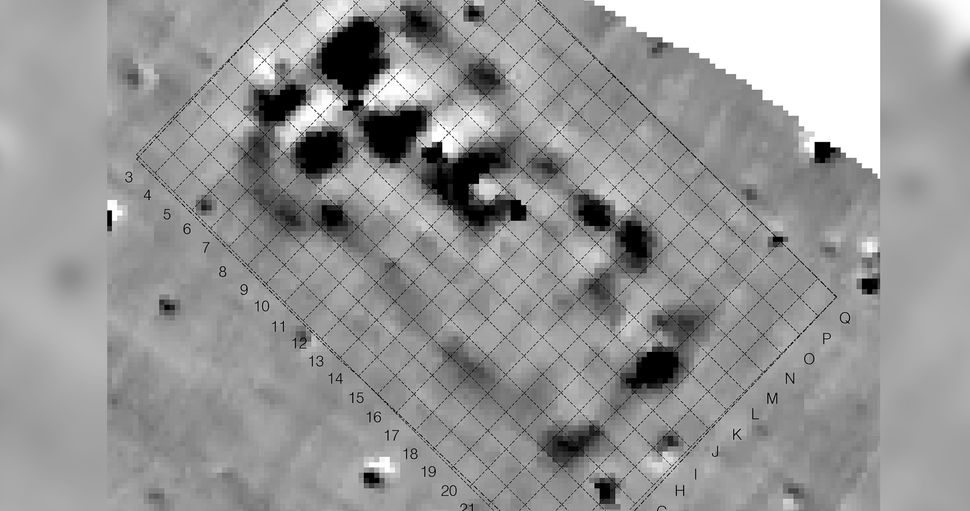Mysterious Megastructures of the Elusive Tripolye Culture Unearthed in Ukraine
By Stephanie Pappas - Live Science Contributor 12 days ago History
The settlement fell some 5,000 years ago.

These magnetic anomalies in the soil at a site called Maidanetske clued the researchers into the existence of the megastructure that they eventually decided to excavate.(Image: © Robert Hofmann, et al/CC by 4.0)
The excavation of a Stone Age community center in Ukraine is helping explain why large groups of tens of thousands of people flourished and then fell more than 5,000 years ago.
The "megastructure" excavated in Ukraine was large compared with the houses around it, though not particularly huge by modern standards. At 2,045 square feet (190 square meters), the structure was the size of a modest American home. However, some Eastern European megastructures were up to 18,000 square feet (1,680 square m) in size. Archaeologists have puzzled over these buildings, many of which have been discovered through methods that use magnetic anomalies in the soil to detect ancient structures. Now, the actual excavation of this one megastructure at a site called Maidanetske reveals that these buildings were used for everyday activities, like food preparation, storage and meals.
"It is similar to activities performed in normal houses," said Robert Hofmann, an archaeologist at Christian-Albrechts University in Kiel, Germany, who led the new research. "Somehow the intensity of these activities between normal houses and these megastructures is completely different."
Tripolye culture
The megastructures were constructed by the Tripolye culture, a civilization that stretched from the Carpathian Mountains to the Dnieper River during the Stone Age. From about 4100 B.C. to 3600 B.C., the Tripolye people built large communities called megasites, which consisted of thousands of houses. Maidanetske, in modern-day Ukraine, had 3,000 individual homes, though it's not clear if they all existed at the same time or if there were phases of demolishing and rebuilding. Thus, the population of these communities tends to be hard to pin down, Hofmann told Live Science. Maidanetske may have been home to as few as 5,000 people or as many as 15,000, he said.
More:
https://www.livescience.com/mysterious-megastructures-tripolye-culture.html
